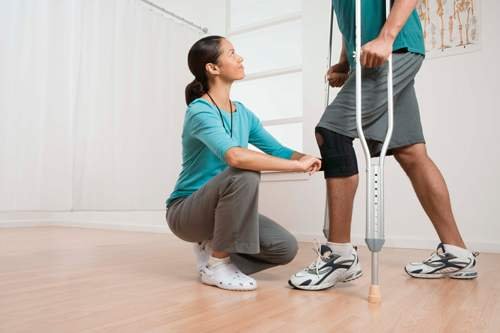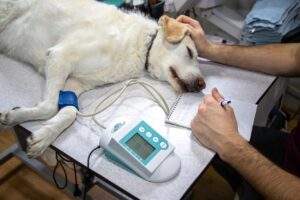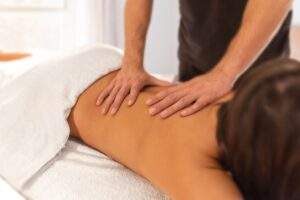Do You Need Physical Therapy After Meniscus Surgery

Meniscus surgery is performed to fix torn cartilage in the knee. The torn cartilage is usually painful and causes the knee to swell. Pieces of the cartilage can become caught in the knee joint causing even more pain and limiting movement. This is why an arthroscopic surgery must be done to repair the knee. This is usually an outpatient surgery that lasts for around an hour. Most patients are able to leave on crutches and are already able to drink fluids when they leave their surgical appointment. You will probably need physical therapy after meniscus surgery. Full recovery from the surgery takes around 4 to 5 months for most patients.
What is the Meniscus?
The meniscus is wedge shaped cartilage in your knee. Each knee has two menisci which provide cushioning between your leg bones.
How Does the Meniscus Get Injured?
How much and how far the knee is twisted will determine the extent of damage to the knee’s meniscus. An excessive twist of the knee can actually tear the meniscus. Often these types of injuries happen to people over thirty, but they are also commonly found among athletes, especially those who play contact sports.
Signs that You May Have a Torn Meniscus
- Pain with vigorous movement, squatting or twisting
- Swelling in the knee area
- Stiffness
- The knee may lock, and not bend or straighten completely
Do I Have to Visit a Doctor?
The great news about a tear in your meniscus is that it may not necessarily require surgery. Depending on where the tear is, it might be able to heal with rest and icing, physical therapy and anti-inflammatory medication. Unfortunately, it is also possible depending on where the tear is that you may need to have surgery to repair it.
If you do not address your knee pain and you do have a torn meniscus, the tera will increase in size. This can cause permanent damage and complications such as arthritis. It is also possible for part of the meniscus to become detached and lodge in the joint of the knee. If this happens, you will have to have surgery to restore the natural movement of your knee.
It is very important to address any knee pain right away, especially before engaging in vigorous activity or contact sports, in order to prevent further damage.
How is a Meniscus Tear Treated?
Many people choose to take anti-inflammatory medicines for an injured meniscus. Most doctors recommend the RICE method, which is: rest, Ice, compression, elevation. For significant injuries that do not need surgery, physical therapy is often recommended.
If you are an athlete looking for a quicker recovery time or to make sure that your recovery is as successful as possible, physical therapy is a great option for you!
A meniscus tear can also be treated with surgical methods. This is likely not as bad as you might be thinking! Repairing a meniscus is normally an arthroscopic procedure, which means it is done through a tiny incision using a camera. This procedure is meant to repair tears and remove disjoined pieces of the meniscus. It is also possible to have a meniscus replacement, which is ideal for someone who is young and still active.
Physical Therapy After Meniscus Surgery
It typically takes 4 to 5 months to heal completely from having a meniscus surgically repaired. You will need to rest and allow your knee to heal for the first couple of weeks after your surgery. After that it is likely that you will need physical therapy after meniscus surgery. To regain the strength and mobility of your knee and help your procedure have a successful result, you will need to get regular exercise. Your exercise program should be overseen by a licensed physical therapist to ensure that it will be both safe and effective.
A physical therapist specializes in helping people regain movement and manage pain. It is especially important to have someone with this kind of expertise if you are an athlete who is trying to get back into game shape. You will need someone who can help advise you on managing the pain as you heal and how to train without causing any re-injury to your knee.







